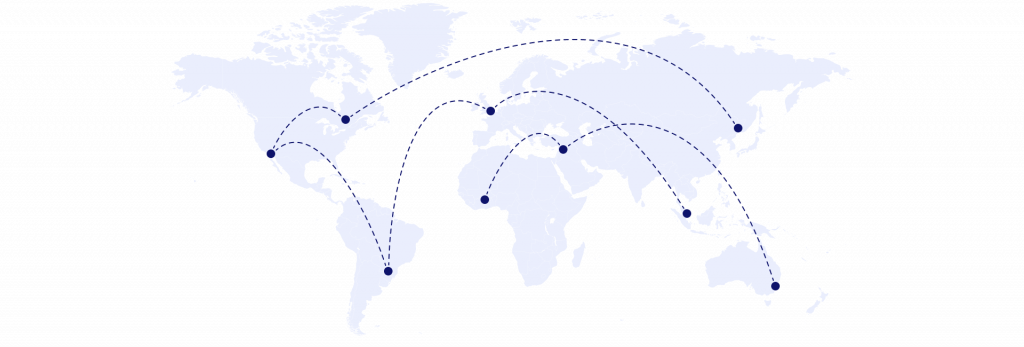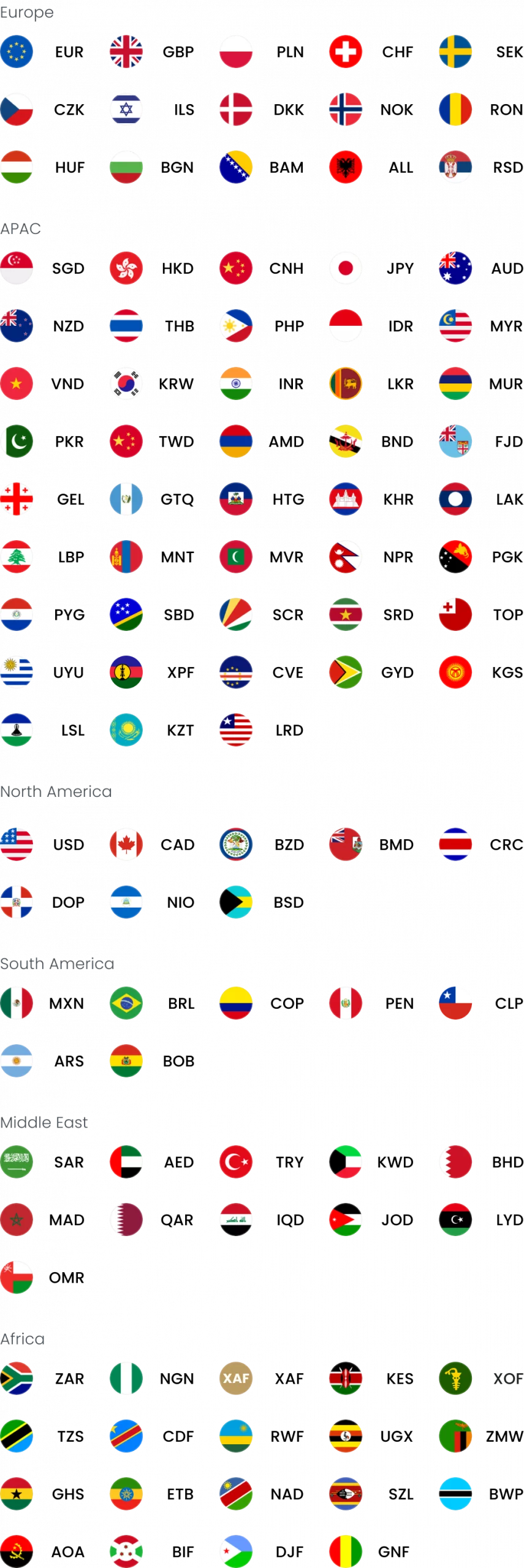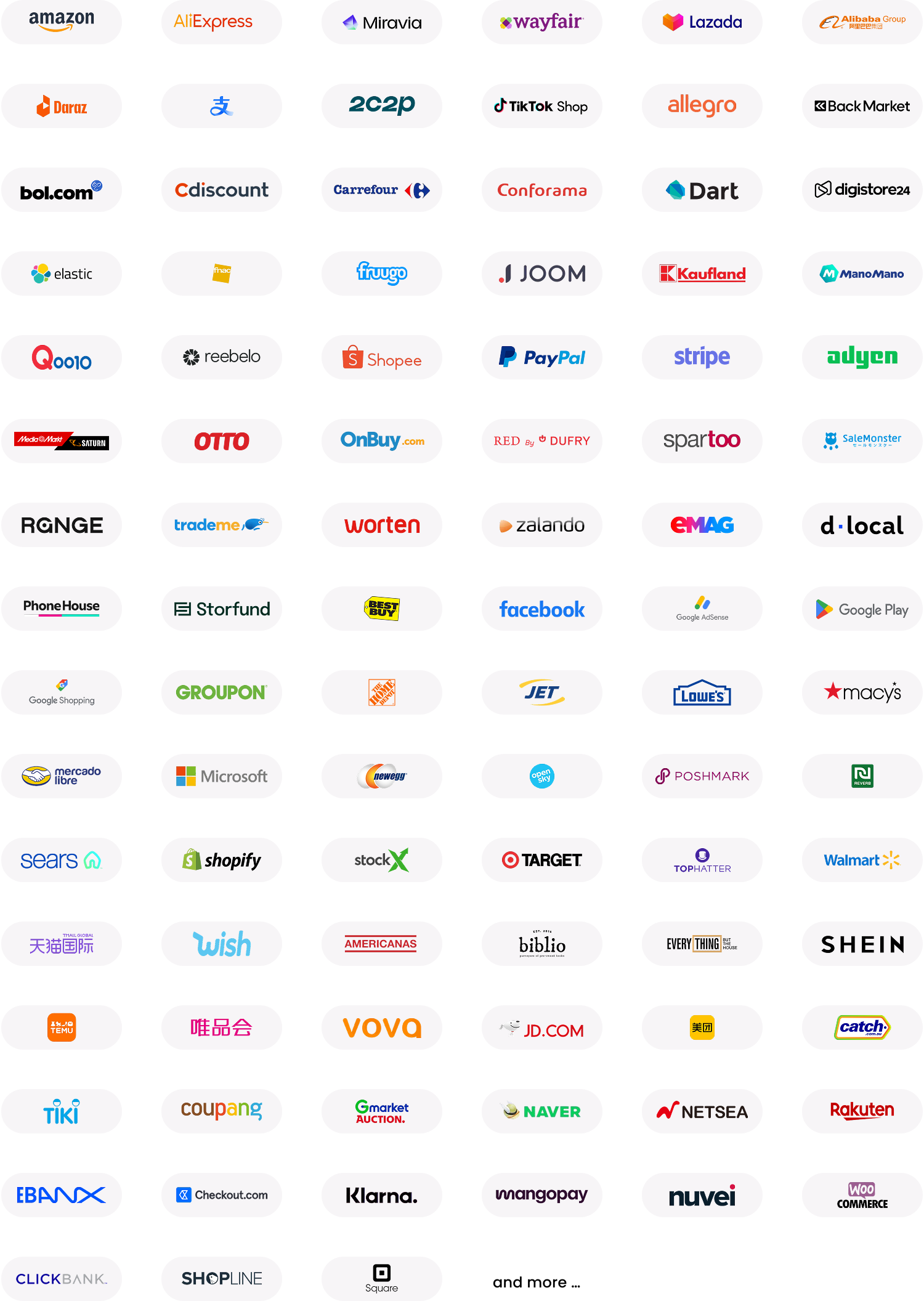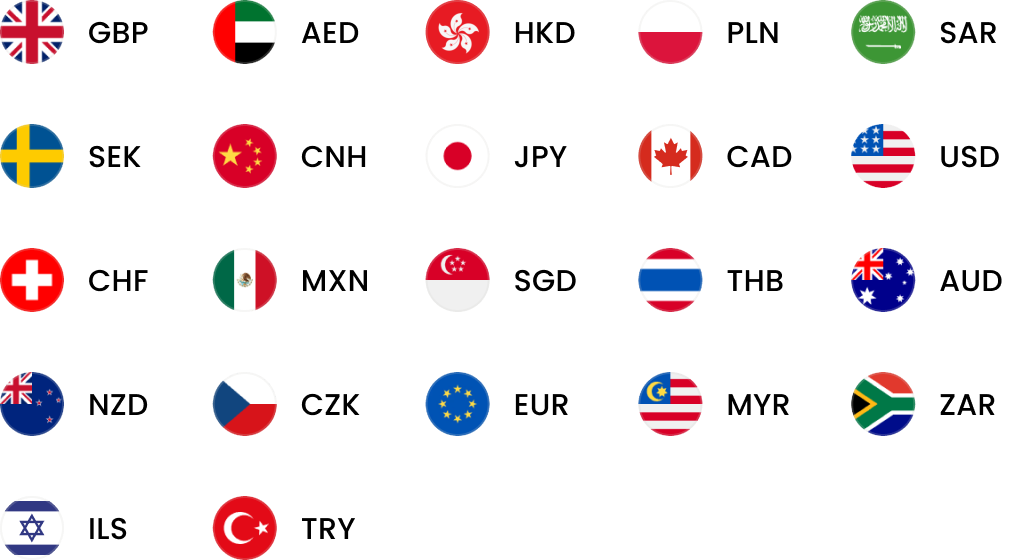How long do international transfers take to go through – and why?
Time is money, so why do international transfers take so long to go through – and what can you do to speed them up?

Fast international transfers aren’t usually cheap, and cheap international transfers aren’t usually fast.
Strong supplier relationships mean placing your trust in reliable payment technology. However, international transactions can take time to process since currency markets are in constant flux. If you time your exchanges right, you can maximise your profits when currency rates are cheaper — but it can be hard to know when to press the ‘go’ button.
In this article, we’ll break down the factors affecting international transfer speeds so you can plan your transactions and budget more accurately.
What factors affect the speed of international transfers?
The currency you’re using
International currency markets work similarly to the stock market: traders and large financial institutions buy and sell currencies, resulting in millions of international transactions. Most currencies operate on a floating exchange rate, so the price fluctuates according to the laws of supply and demand.
Very broadly, international transfer speeds can sometimes change as a result, too. If the price of a currency is falling and there is more of it on the market, transfer speeds can be faster. Equally, if the price is rising (or is expected to rise) and the currency is scarce, transaction speeds can slow down.
However, the more important factor is the specific currency pair you’re exchanging. US dollars feature as either the base or quote currency in over 70% of all international transactions, and USD to EUR is the most common transaction type.
If you’re authorising international transfers between two less popular currencies, transactions can sometimes take longer simply because the market is smaller.
The size of the transaction
Larger transactions can take longer to complete as you need to buy more of a given currency, and multiple currency batches may have to be arranged to facilitate the full amount.
The most significant limiting factors are the checks and fraud analyses that platforms and banks perform when they encounter transactions. Sums of all sizes can attract fraud analyses, but larger sums are scrutinised more heavily given their importance.
- Open 20+ local currency accounts and get paid like a local
- Pay suppliers, partners and staff worldwide in 100+ currencies
- Collect payments for free from 130+ marketplaces and payment gateways, including Amazon, Etsy, PayPal and Shopify
- Save with competitive exchange rates on currency conversions and transfers
- Lock in exchange rates for up to 24 months for cash flow certainty
The parties involved in the transfer
Banks use the Society for Worldwide Interbank Financial Telecommunication (SWIFT) system to send payments to overseas banks, exchanging information about payments and other transactions. There are more than 11,000 SWIFT members, and so the network for some international transactions may be longer than others.
For example, international transfers travelling further afield may take longer than ones between neighbouring countries. At each point, the bank will take some time to process and schedule the international transaction, delaying the process by degrees.
Administrative hurdles
We’ve already touched on fraud and processing administration involved in international transfers, but there is a final step. Even when your international transfer is completed, there can still be a delay in the sum appearing in your bank account.
These days, banks will show the transaction as “pending” in your account, but that doesn’t necessarily mean the funds are usable, so in some ways, it’s not yet arrived in the account.
How long do international transfers take to go through?
Amid all these factors, international transactions can take up to five days to complete. However, payments can sometimes be lost entirely due to poor security or sudden downtimes in platform technologies, making steep convenience fees somewhat ironic.
How can I speed up my international transfers?
Businesses stand to gain by working with an expert currency partner like WorldFirst, which offers same-day availability on 97% of international transfers, meaning that transactions are completed within a few hours (as long as they meet the cut-off times).
Major currencies like GBP, USD and EUR are usually transferred within a few hours, with currencies like Japanese yen, and Australian and New Zealand dollars taking up to 24 hours to clear.


How to Receive International Payments: 3 Top Methods for Businesses
Discover the best ways to receive funds from overseas and maximise profits, including multi-currency accounts and alternative options.
Apr / 2025
How long do international transfers take?
Find out what’s delaying your international business transactions and how you can help speed up the process.
Dec / 2024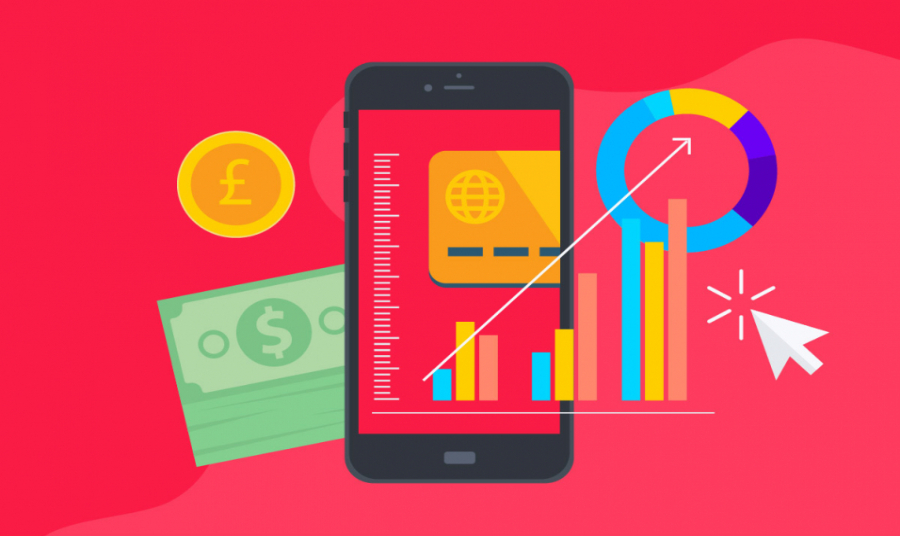
How fintech companies have revolutionised FX
Innovative tech means international payments can be made faster, cheaper and more secure. Take a look at what it means for SMEs.
Dec / 2024WorldFirst articles cover strategies to mitigate risk, the latest FX insights, steps towards global expansion and key industry trends. Choose a category, product or service below to find out more.
- Almost 1,000,000 businesses have sent USD$300B around the world with WorldFirst and its partner brands since 2004
- Your money is safeguarded with leading financial institutions
